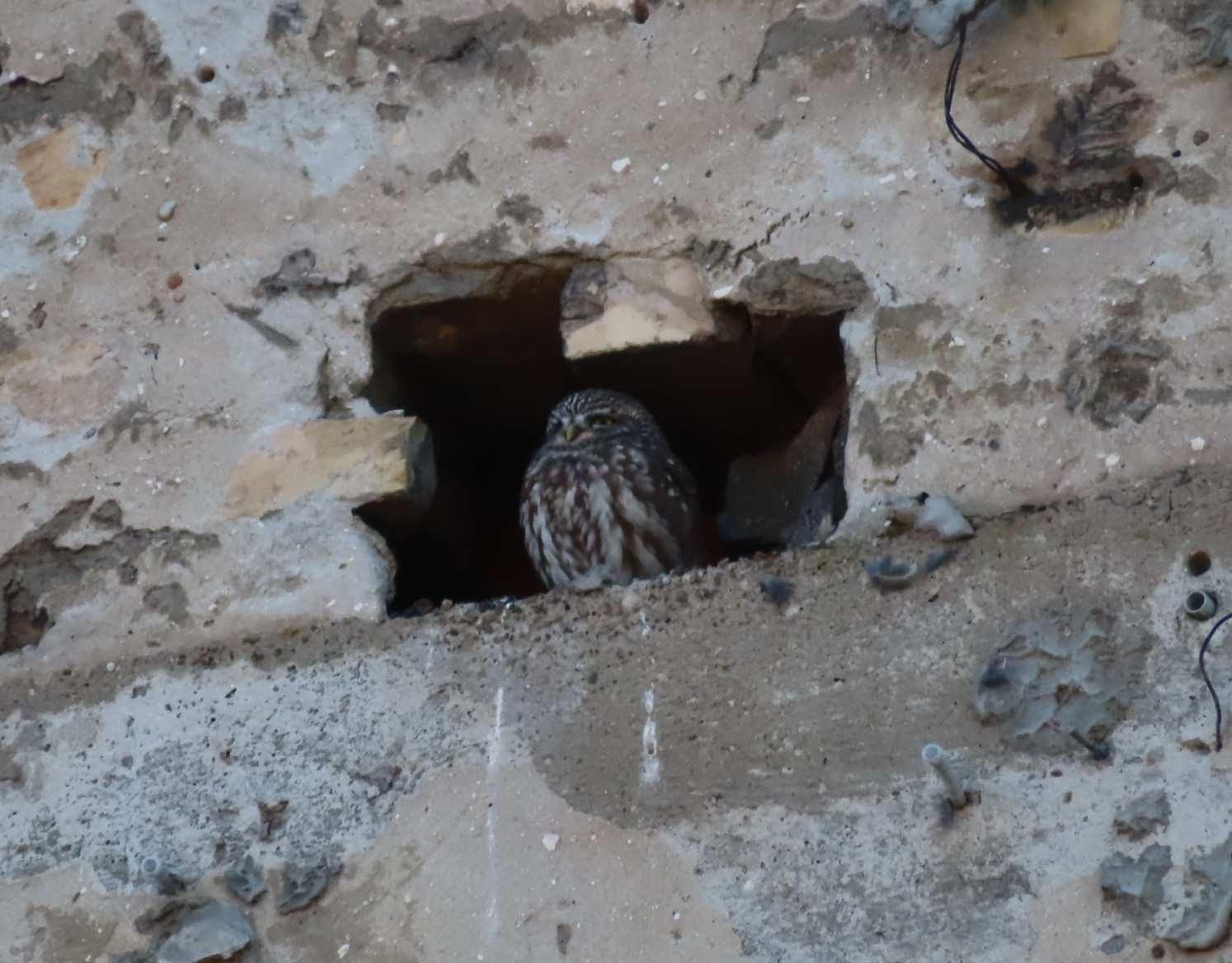Descrizione
Kalemegdan Park is situated at the 60-metre-high cliff that once was the town field within the Belgrade Fortress. The high position offers some extraordinary views at the junction of the rivers Sava and Danube, as well as a landing spot for numerous birds.
The most common residents of the park are Passera Europea, Cinciallegra, and pigeons. The scattered conifers host numerous Verzellino in the spring and summer, just to be replaced with Regolo and Fiorrancino in the late autumn and winter. Cigno reale, Germano reale, Cormorano, and Marangone minore are beneath the walls at the riverbank, while Rondone comune and Rondone maggiore are flying above. Codirosso spazzacamino and Gazza are often spotted on the old walls of the fortress. Civetta finds its home in the holes of old buildings around the park.
Dettagli
Accesso
Kalemegdan Park is most commonly entered from the city center and Knez Mihailova street, but there are many entrances from all sides. Click P on one of the parking places nearby for directions.
The suggested walking paths are chosen to be the most productive for birding, avoiding the most crowded spots as much as possible.


